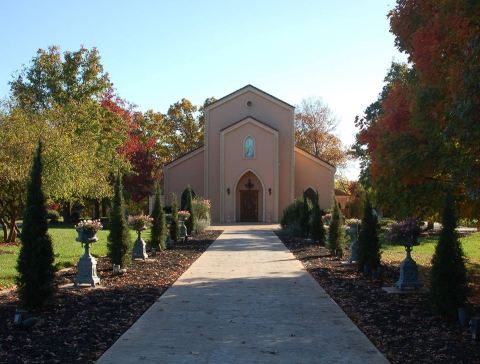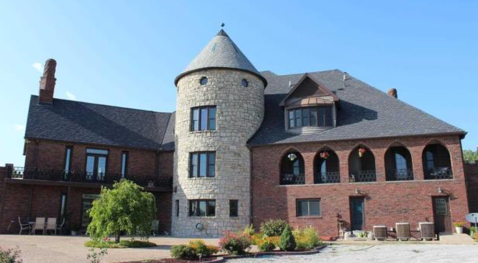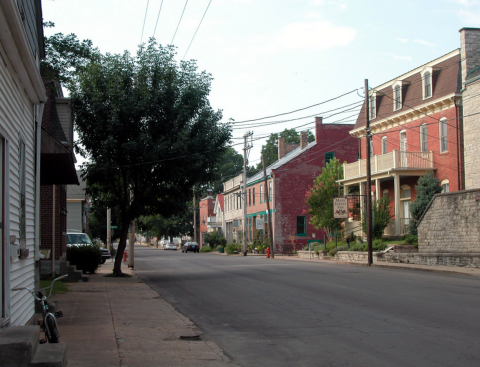Here Are the 5 Oldest Towns In Missouri…And They’re Loaded With History
Long before Missouri was even a state, it was settled by pioneers looking to start anew in the new world. It was partially owned by the Spanish and then the French before the United States obtained it as part of the Louisiana Purchase. It was admitted as the 24th state in 1821, but its oldest cities were created in the century before. Our five oldest cities preserve the great history of our land before it was even ours.

The beautiful Ste. Genevieve is Missouri’s oldest town. It was founded by French Canadian colonists and settlers from the east in 1735, and was the first organized European settlement west of the Mississippi River.
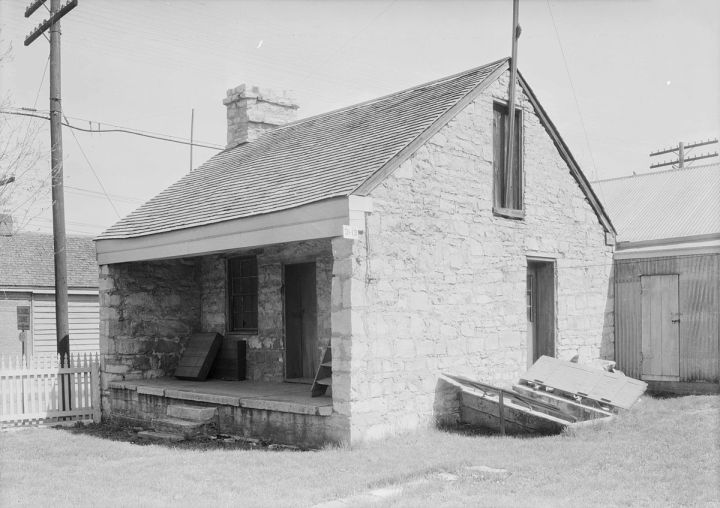
Located on Second & Merchant Streets in Ste. Geneviève, this Indian Trading Post was built by French Traders in 1784.
Advertisement
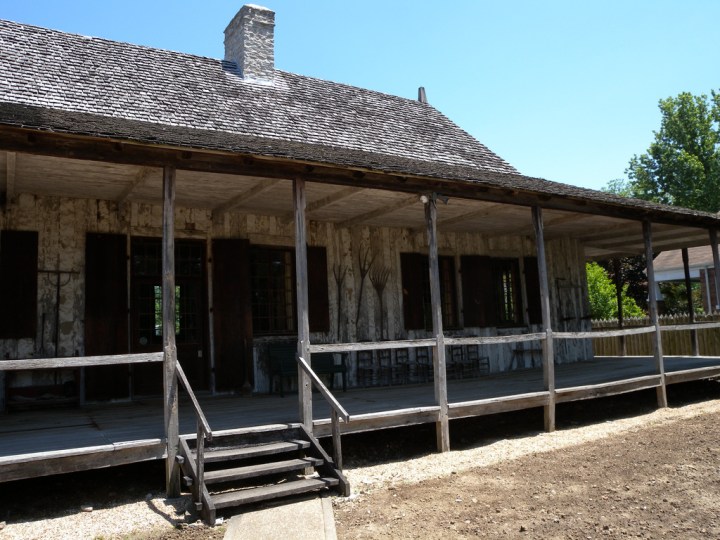
Built in 1792, The Louis Bolduc House is one of the oldest structures in St. Genevieve. It is a rebuilt structure from an original 1770 house that was damaged by a flood. He moved the remaining building materials to its current location and built the larger house.
Advertisement

The Maison Bequette-Ribault House is an example of Poteaux-en-terre construction (French creole vernacular post in ground). It was built over-looking Le Grand Champ agricultural fields in the 1780s. It is one of three of these types of buildings in Ste Genevieve, and one of only 5 in the United States.
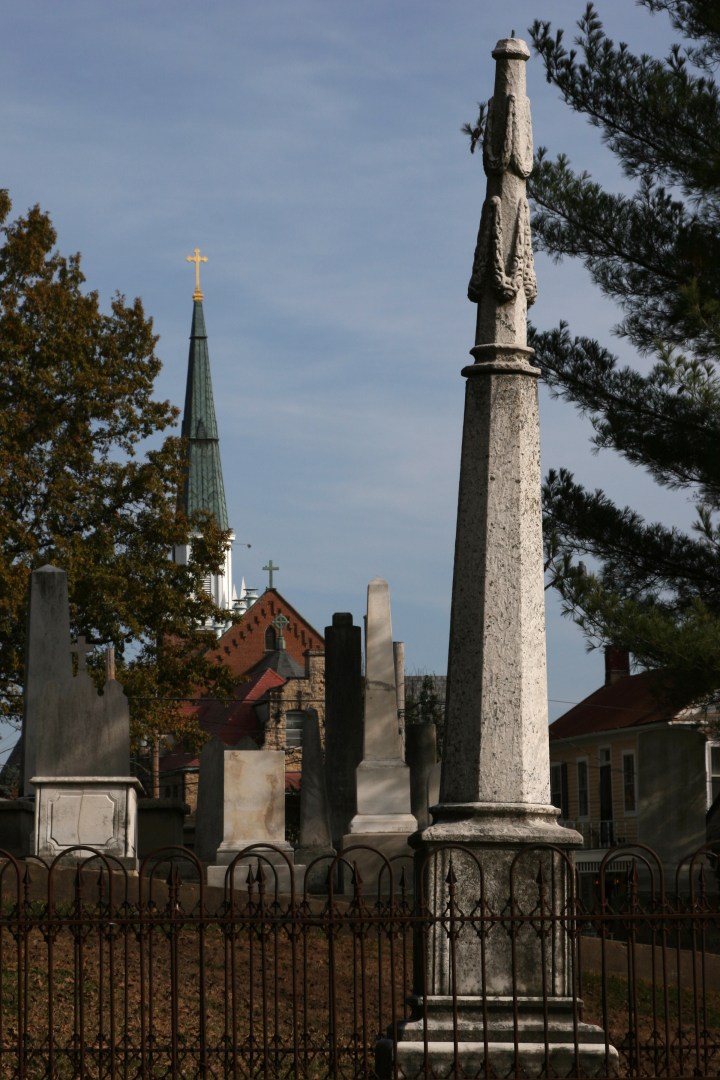
Established in 1787, the Memorial Cemetery in Ste. Genevieve is Missouri’s oldest cemetery. Over 3,500 people were buried here before it was closed in 1880, including the tombs and grave markers of the area’s earliest French pioneers.
Ste. Genevieve was covered in great detail in a previous post.
Check out this great video!
Ste. Genevieve was covered in great detail in a previous post.
Check out this great video!
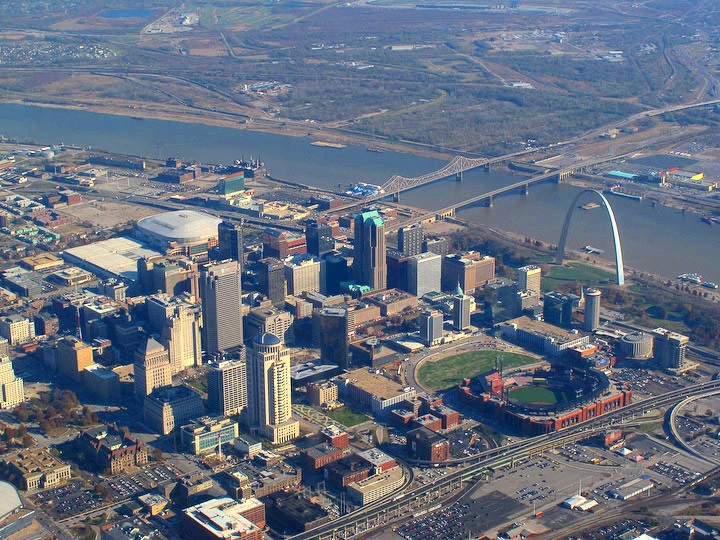
St. Louis is currently the second largest city in the state, and the second oldest. It was the 2nd permanent European settlement, established in 1764. It was founded by Pierre Laclede and Auguste Chouteau and named after Louis IX of France.
The city was developed along the western bank of the Mississippi River and claimed first by the French but later lost to Spain. Missouri was part of Spanish Louisiana from 1762 until 1803, and acquired by the United States in the Louisiana Purchase.
The city is identified worldwide with the 630-foot tall Gateway Arch located in Downtown St. Louis.
The city was developed along the western bank of the Mississippi River and claimed first by the French but later lost to Spain. Missouri was part of Spanish Louisiana from 1762 until 1803, and acquired by the United States in the Louisiana Purchase.
The city is identified worldwide with the 630-foot tall Gateway Arch located in Downtown St. Louis.
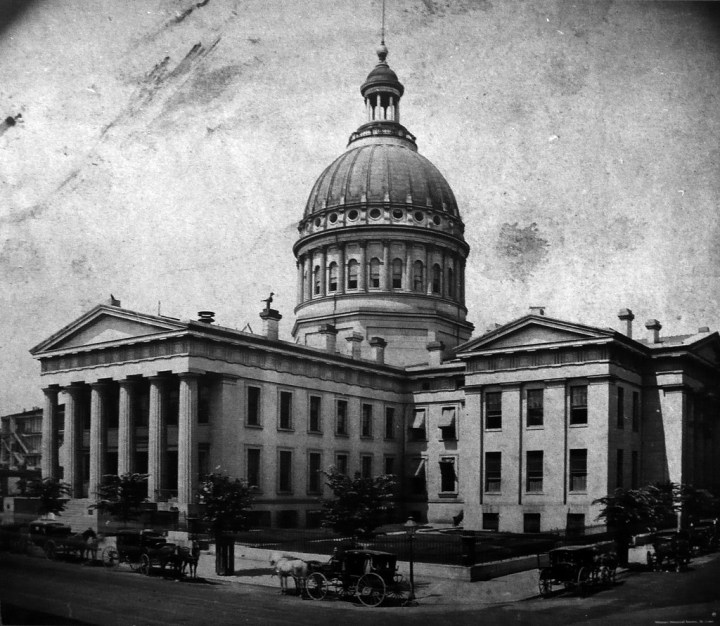
The Old St. Louis County Courthouse was built as a combination federal and state courthouse in St. Louis, and was completed in 1864. From 1864 to 1894, it was Missouri's tallest inhabitable building. Today it is part of the Jefferson National Expansion Memorial is used for historical exhibits and special events.
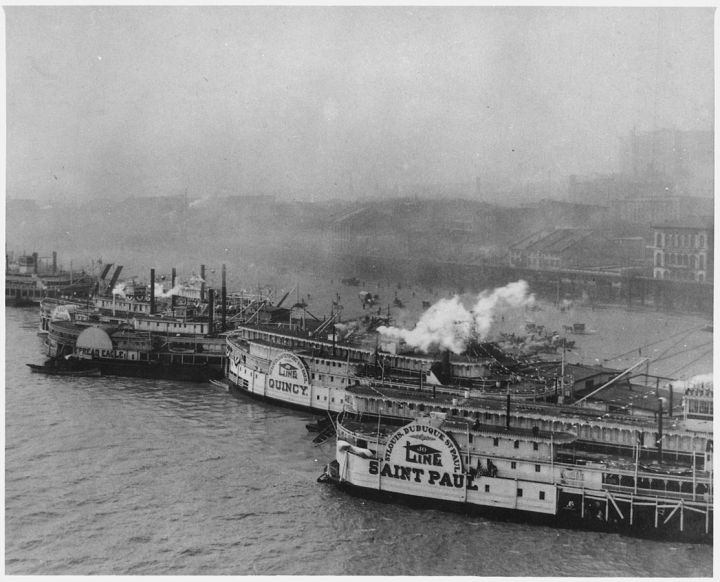
The St. Louis waterfront was crowded with steamboats in October 1909, at the start of President William H. Taft's inspection trip down the Mississippi River.
Advertisement
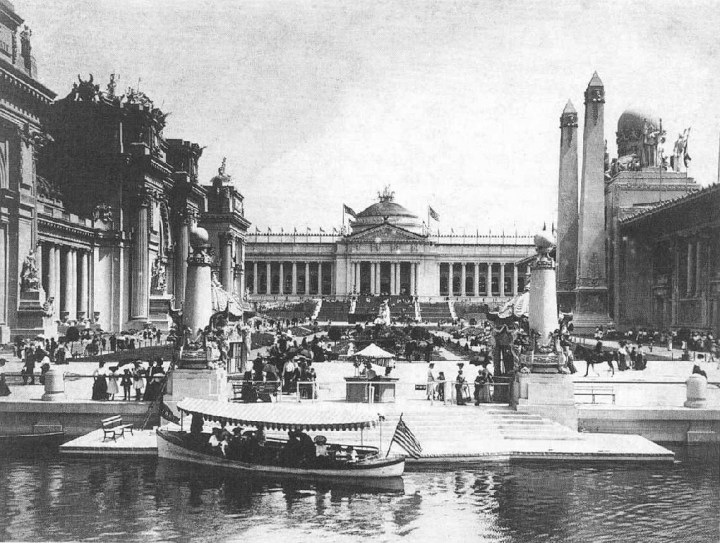
Two of the biggest events St. Louis history both happened in 1904. The city concurrently hosted the World's Fair and the Summer Olympics, and became the first non-European city to host the Olympics. Several permanent facilities and structures still remain in Forest Park, where the fair took place, such as the St. Louis Art Museum, the St. Louis Zoo and the Missouri History Museum.
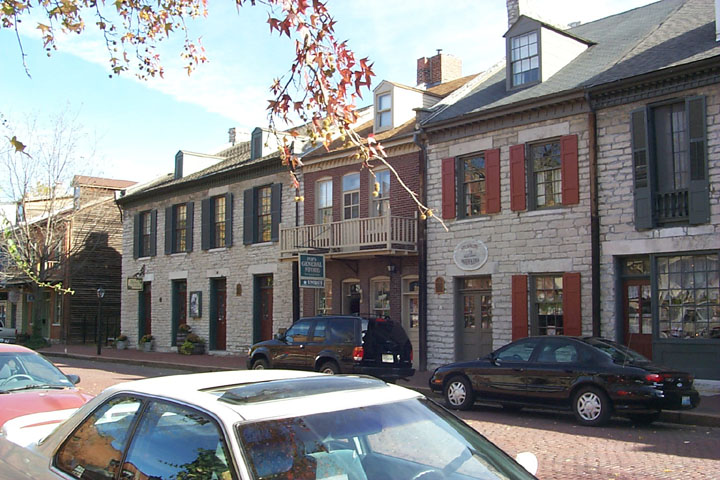
The oldest city on the Missouri River and the third oldest city in Missouri, St. Charles was founded in 1769 as Les Petites Cotes (The Little Hills) by French-Canadian fur trader, Louis Blanchette. Primarily settled by French-speaking colonists from Canada, the Lewis and Clark expedition considered it the last "civilized" stop on their exploration of the western territory after the Louisiana Purchase.
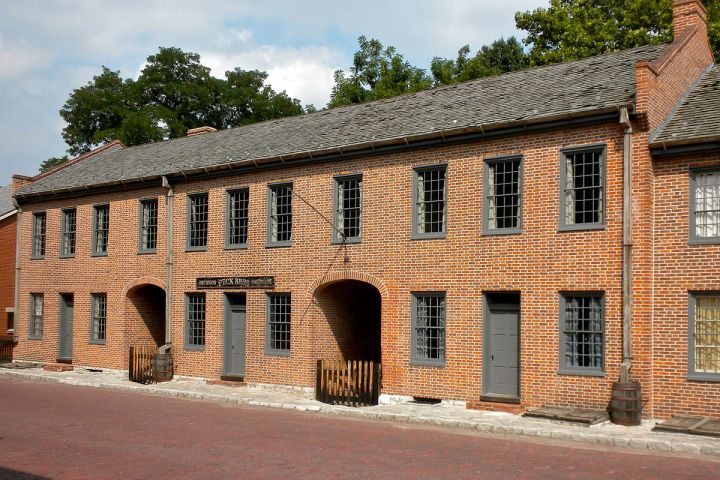
St. Charles served as the first Missouri capital from 1821 to 1826, while the new city and capital (Jefferson City) was being built. It received the honor by beating out eight other cities. The first capitol building is located about a block from the Missouri River on Main Street. The building is preserved as the First Missouri State Capitol State Historic Site and has been listed on the National Register of Historic Places since 1969.

Located in the St. Charles Historic District, the St. Charles Odd Fellows Hall is a Second Empire-styled building that was built in 1878. Among other things, it has been used as a clubhouse, an auditorium, and as a financial institution, and it was listed on the National Register of Historic Places in 1987.

The oldest city west of the Mississippi River, and Missouri’s 4th oldest, New Madrid was founded between 1777 to 1778 by Spanish Governor Bernardo de Gálvez. Settlers to the area from the United States were required to become citizens of Spain. After being traded to France in 1800, France promptly sold it to the United States in 1803 as part of the Louisiana Purchase.
Advertisement
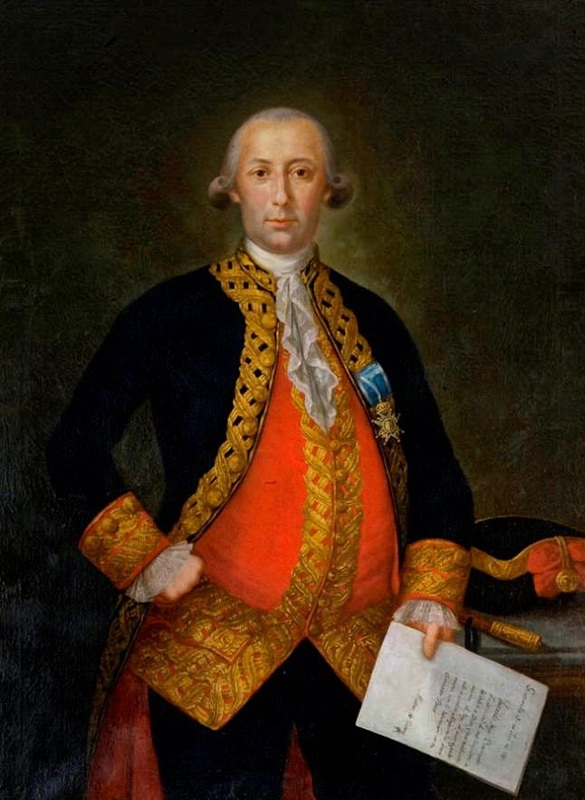
Governor Bernardo de Gálvez
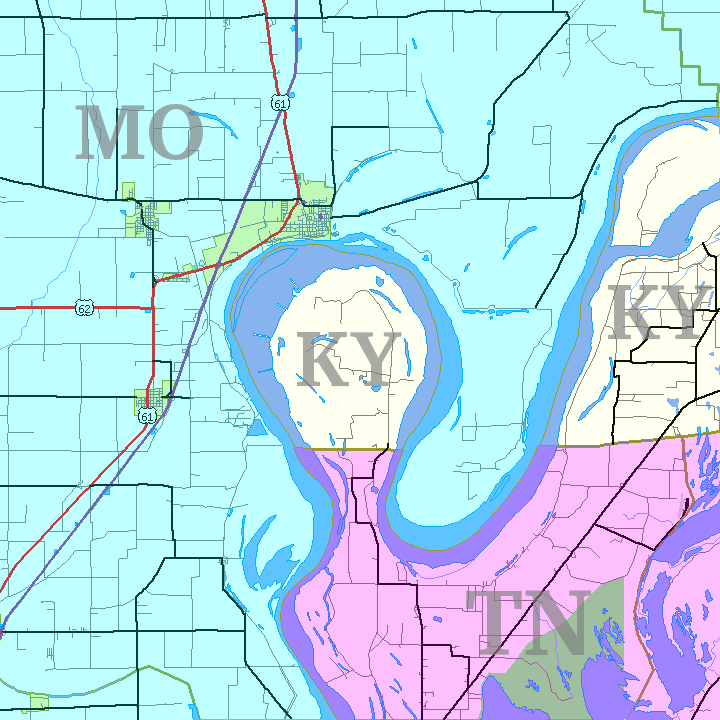
New Madrid is located on the north side of the Kentucky Bend on the Mississippi River, also known as "New Madrid Bend" or "Madrid Bend." The city is remembered for being near the location of the Mississippi River military engagement during the Civil War, the Battle of Island Number Ten.
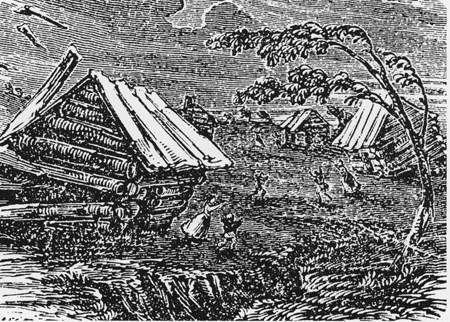
The area is also known for being the site of one of the worst series of earthquakes in the U.S. in 1811 and 1812. In that short time, there were more than 1,000 earthquakes ranging up to approximately magnitude 8, which is the most powerful non-subduction zone earthquake ever recorded in the United States. The major quake was felt as far away as the East Coast.
The New Madrid Seismic Zone is a major seismic zone and a fertile source of earthquakes in the southern and Midwestern United States. The fault line stretches to the southwest from New Madrid, and was responsible for the 1811-12 earthquakes. Many smaller earthquakes have been recorded in the area since, and it has the potential to cause large earthquakes in the future.
The New Madrid Seismic Zone is a major seismic zone and a fertile source of earthquakes in the southern and Midwestern United States. The fault line stretches to the southwest from New Madrid, and was responsible for the 1811-12 earthquakes. Many smaller earthquakes have been recorded in the area since, and it has the potential to cause large earthquakes in the future.
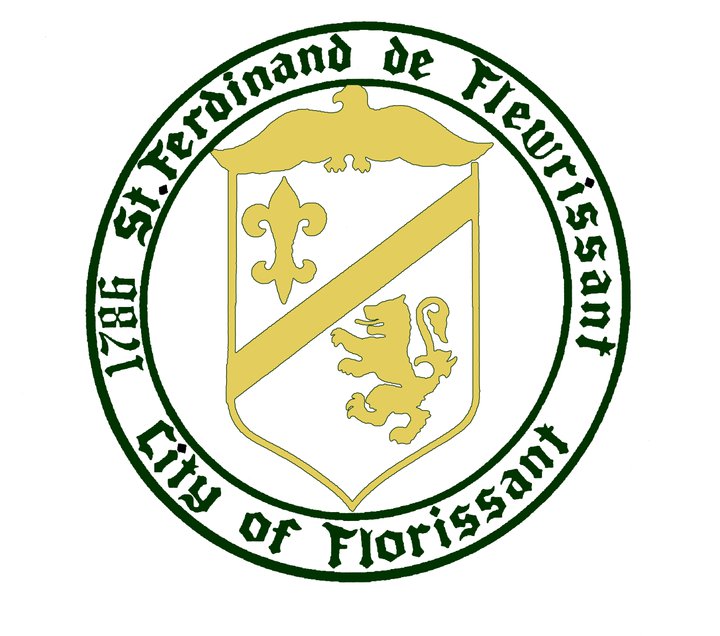
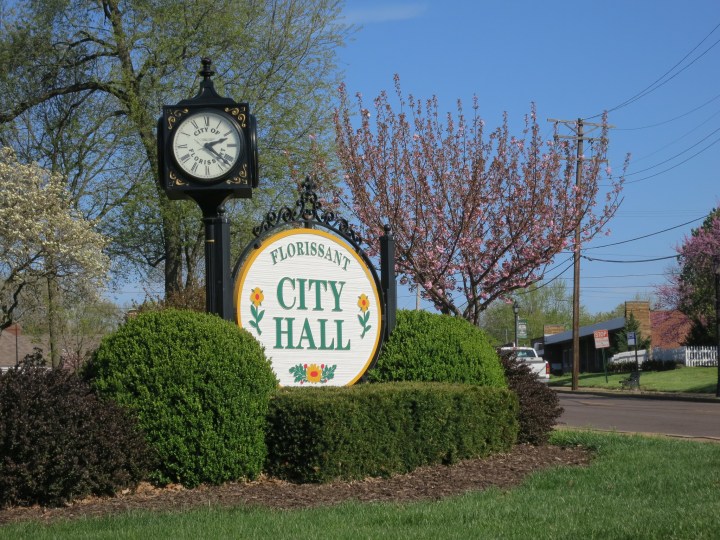
The exact date is unknown but it is believed that Florissant was first settled in the mid 1700s, with the first civil government being formed in 1786. As one of Missouri’s oldest towns, Florissant saw its largest period of growth after World War II, with more than 18,000 houses being built between 1947 and 1980.
Advertisement
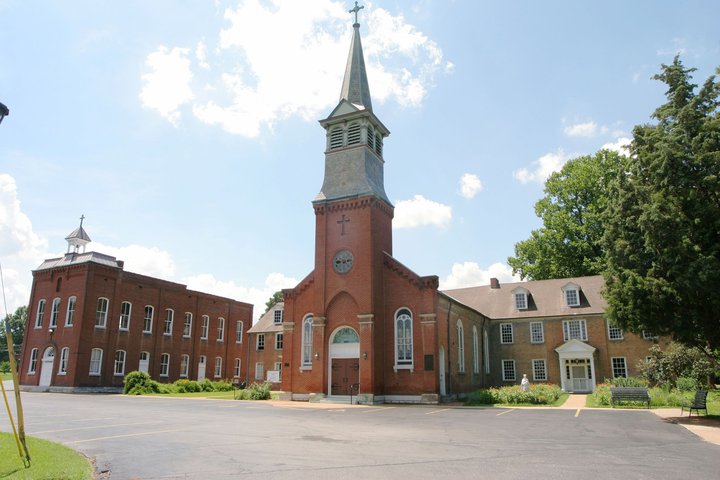
Florissant is home to several historical sites for visitors and residents to explore. The Old St. Ferdinand Shrine is the oldest Catholic Church building in the Louisiana Purchase Territory. The convent wing was built in 1819, and the corner stone of the current church was laid in 1821, by Mother Duchesne and the Sacred Heart Nuns.
Mother Duchesne was elevated to Sainthood, and the Old St. Ferdinand was elevated to shrine status in 1988. No longer used as an active Catholic parish, the shrine is maintained by the Friends of Old St. Ferdinand, Inc., who provide tours on Sundays from May through October.
Mother Duchesne was elevated to Sainthood, and the Old St. Ferdinand was elevated to shrine status in 1988. No longer used as an active Catholic parish, the shrine is maintained by the Friends of Old St. Ferdinand, Inc., who provide tours on Sundays from May through October.
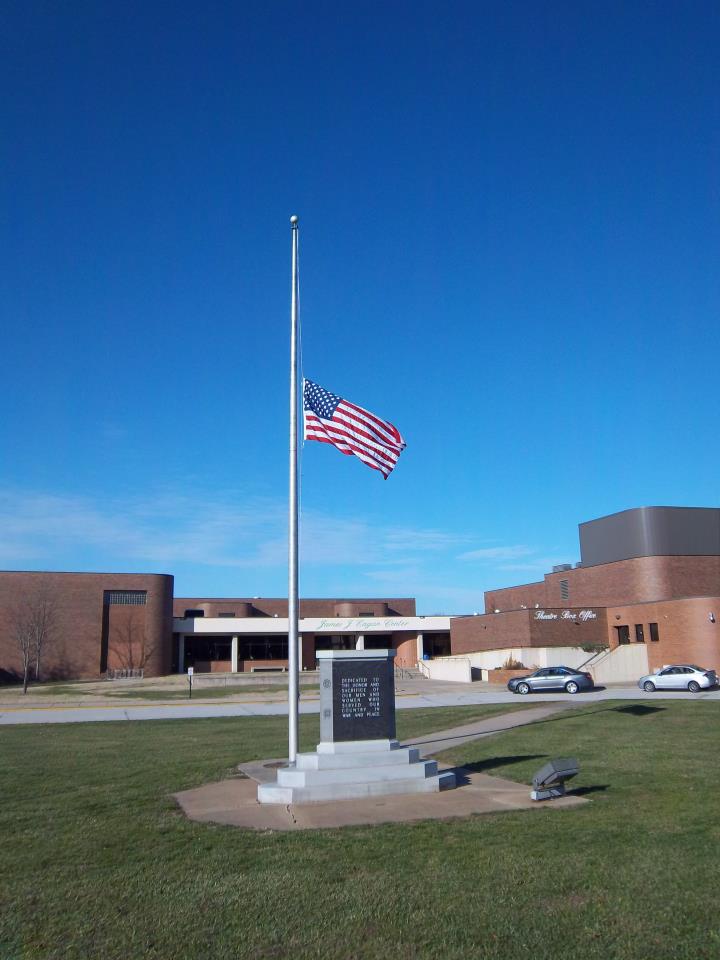
The James J. Eagan Community Center off Parker road is named for former Florissant mayor, James J. Eagan. Eagan was mayor for 37 years from 1963 until his death on November 2, 2000. Elected into office nine times, he became one of the longest serving mayors of any city in the U.S. In his final year in office, he was awarded the title of Best Politician in St. Louis by the Riverfront Times.
Were you aware these were our oldest towns? What are some other great historic towns? We would love to hear from you!
OnlyInYourState may earn compensation through affiliate links in this article. As an Amazon Associate, we earn from qualifying purchases.


